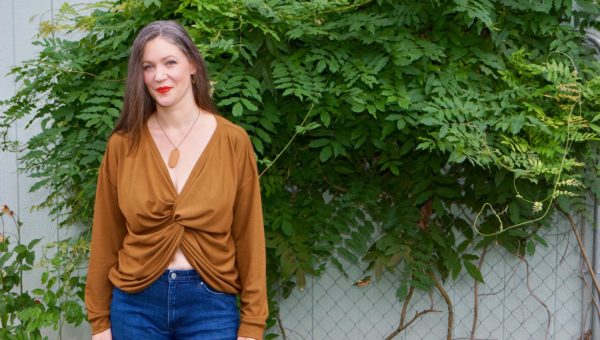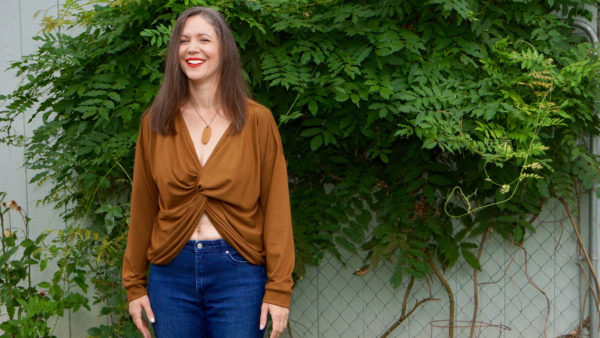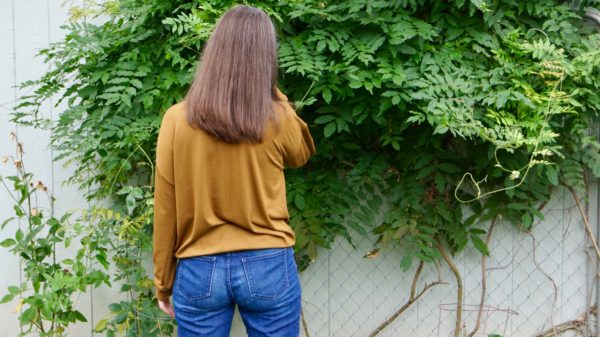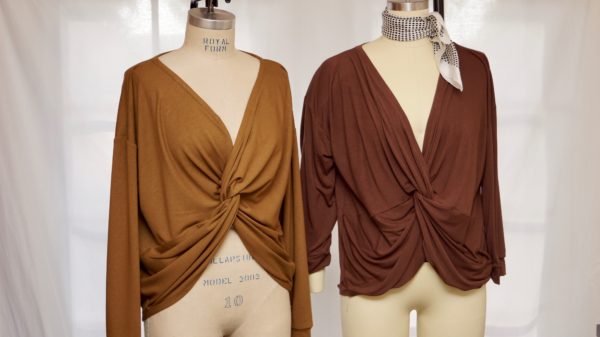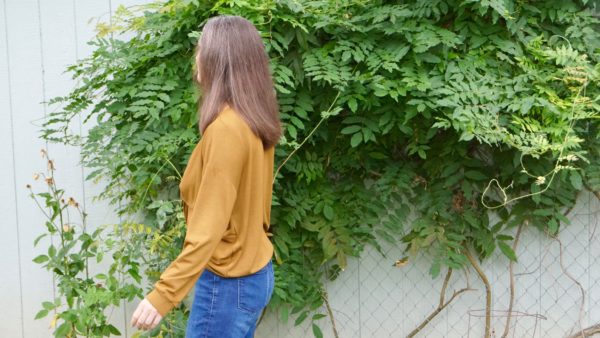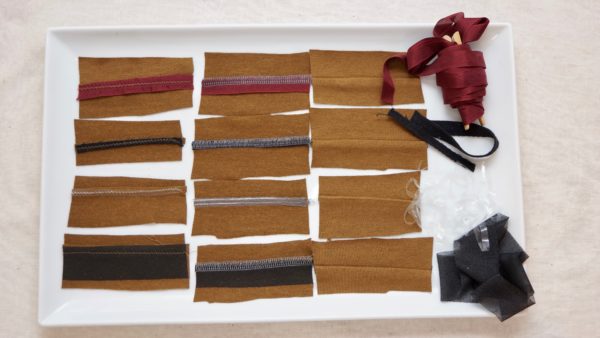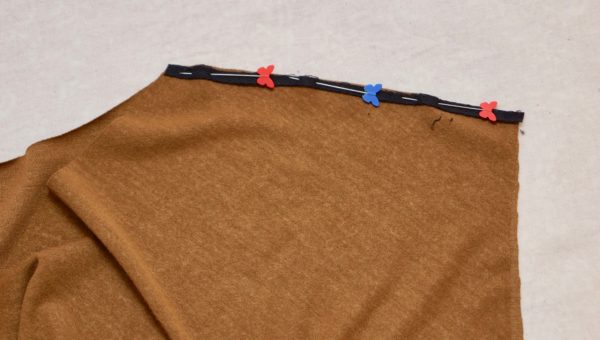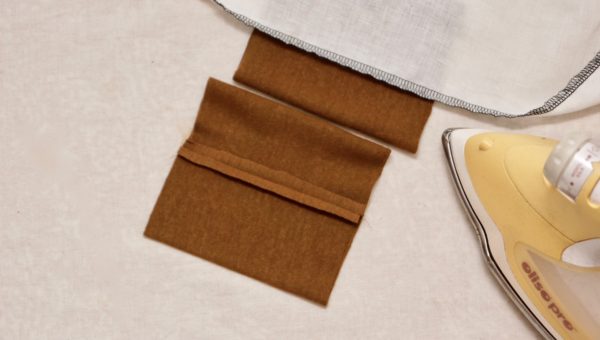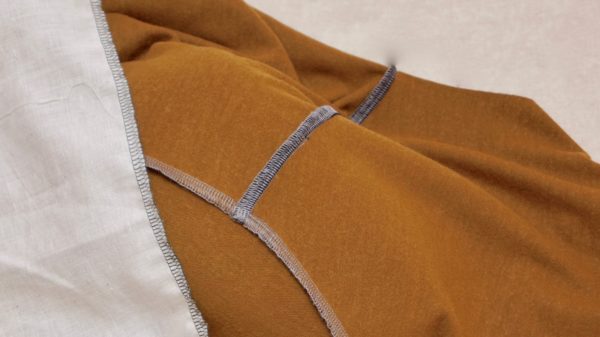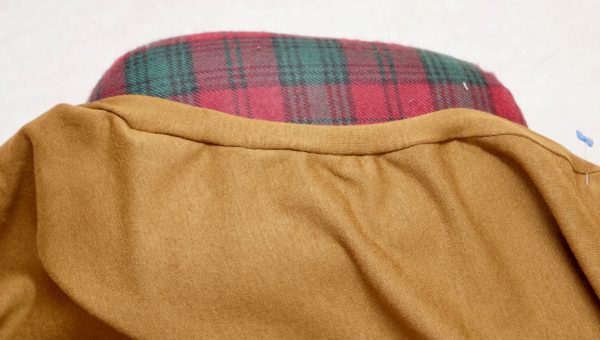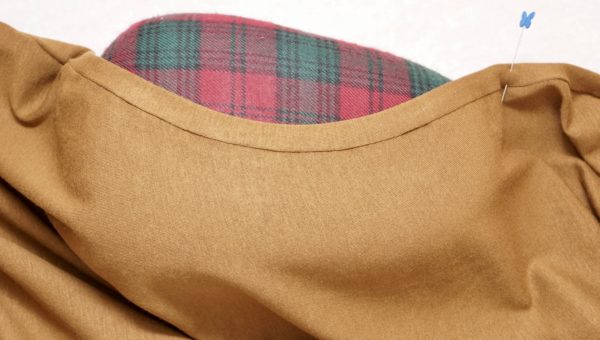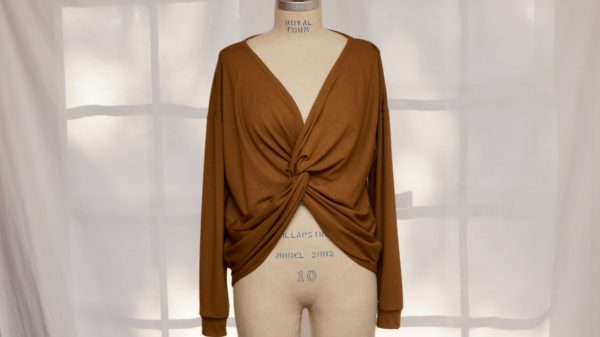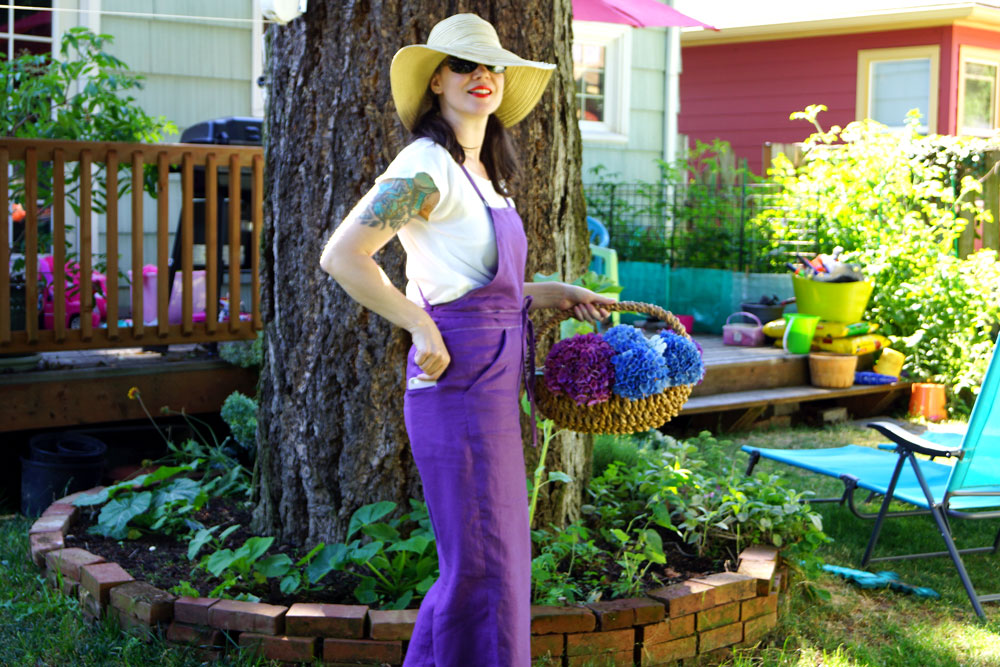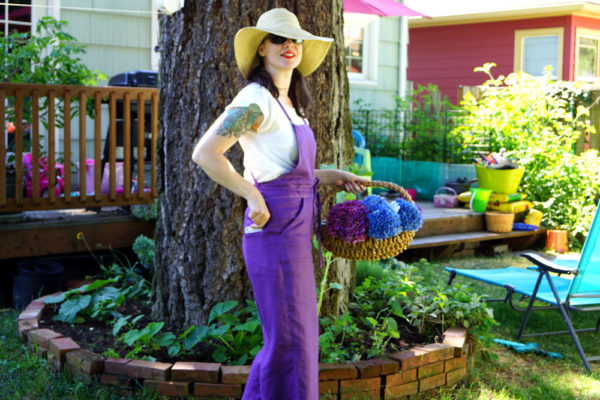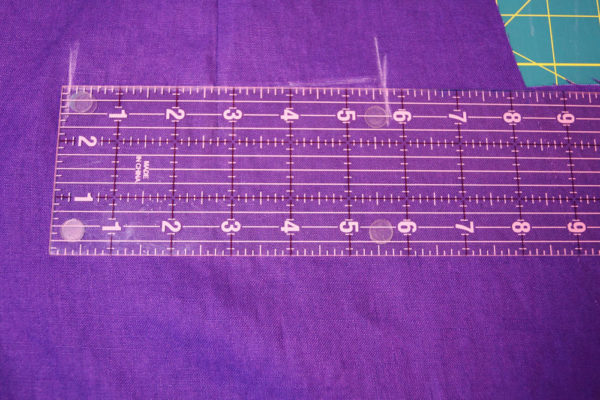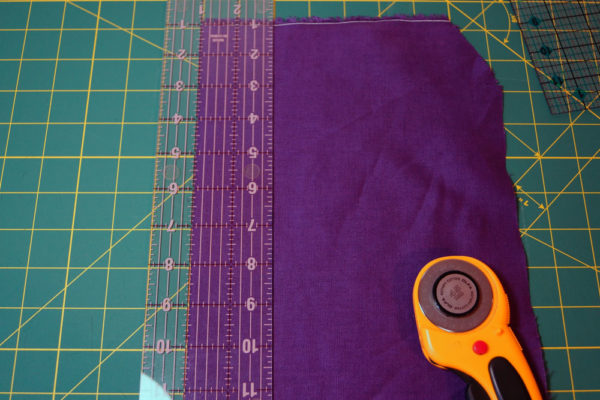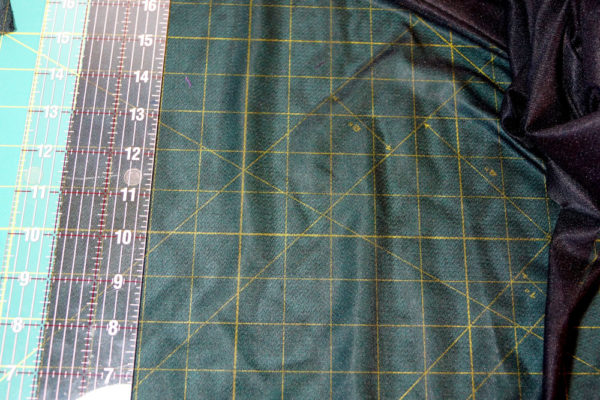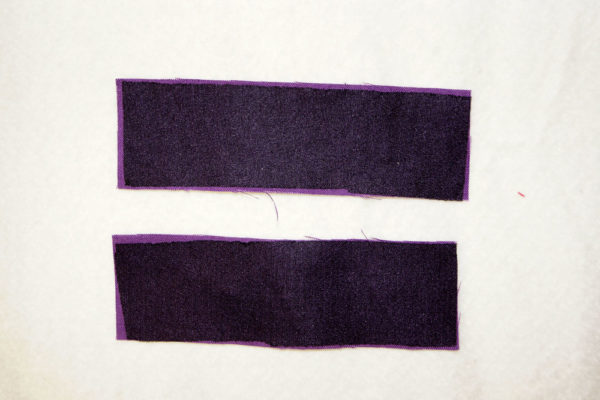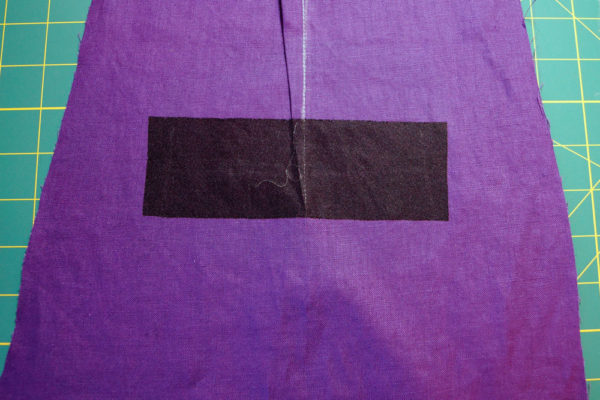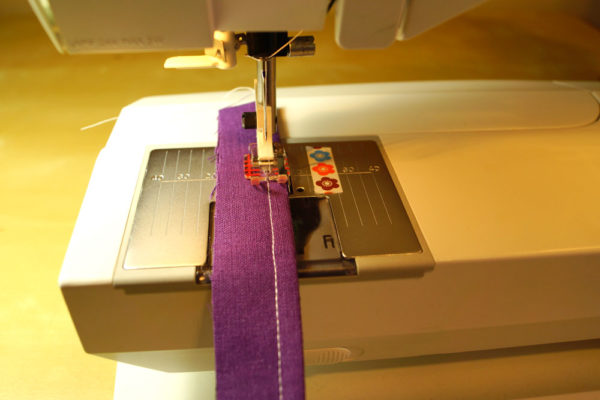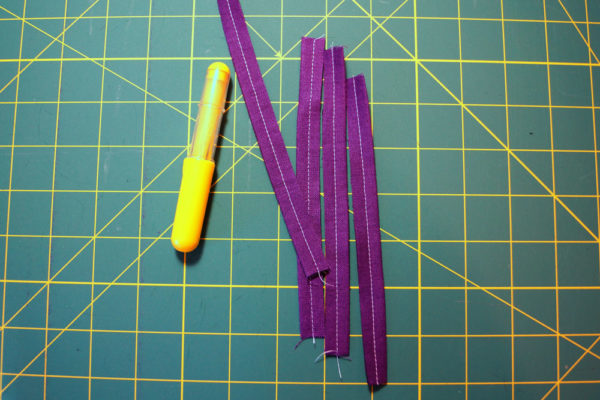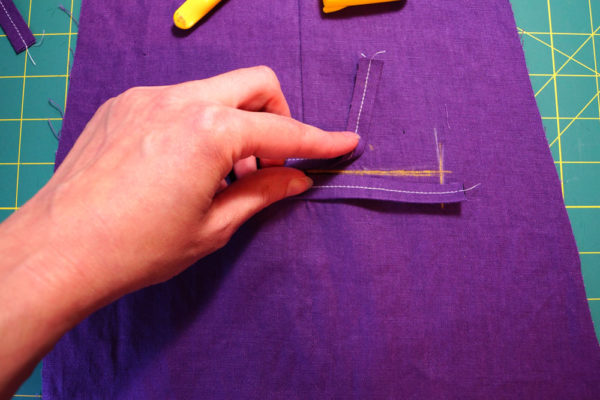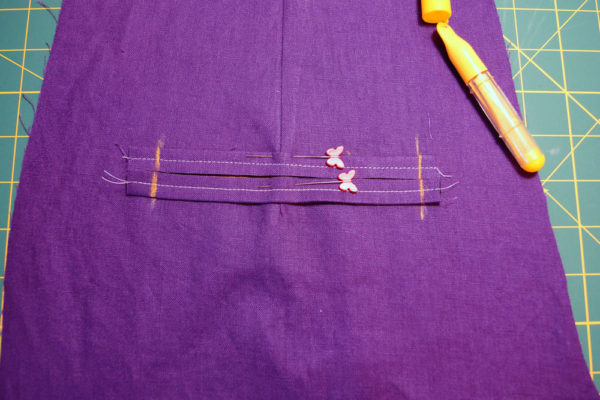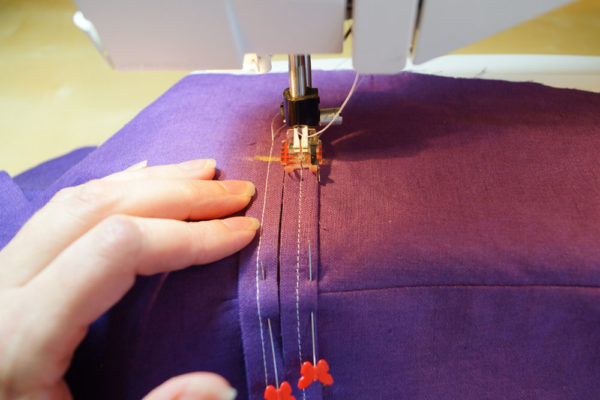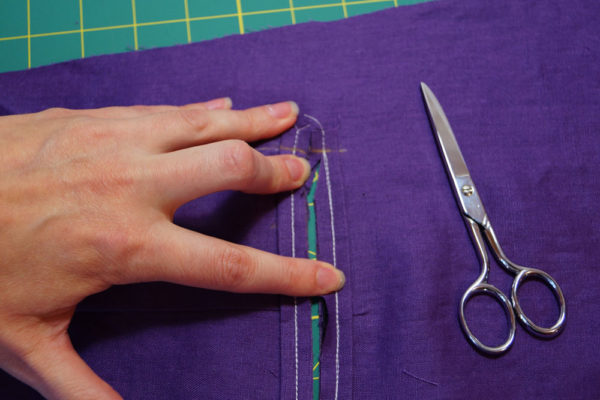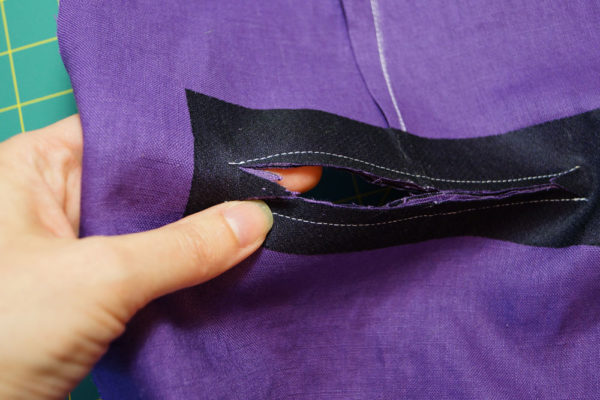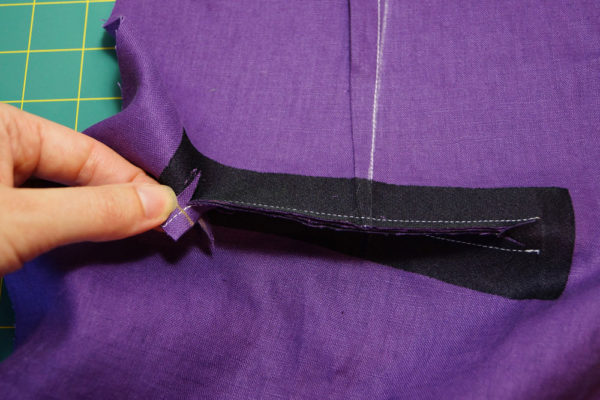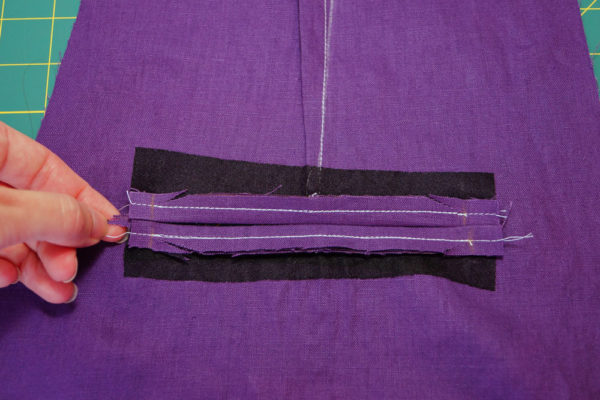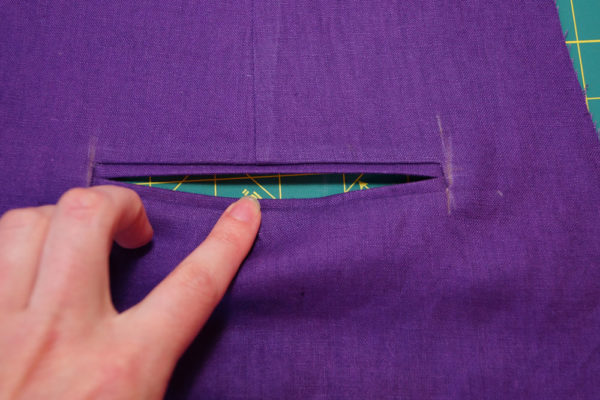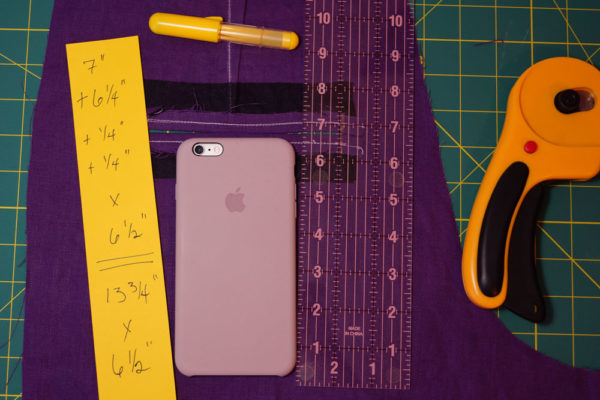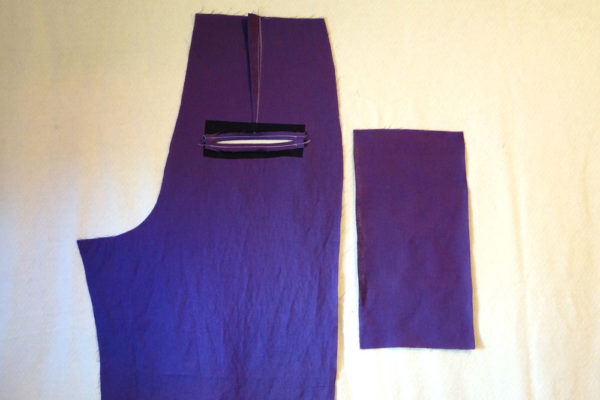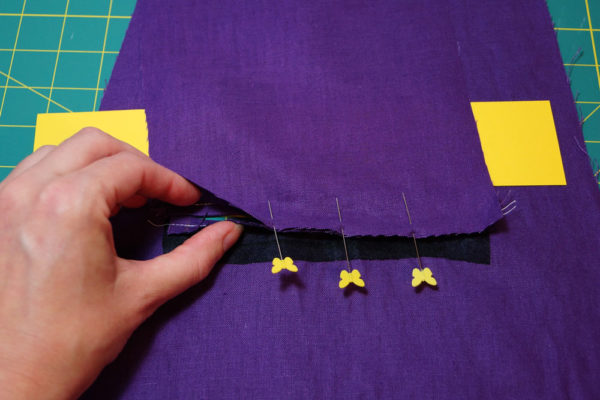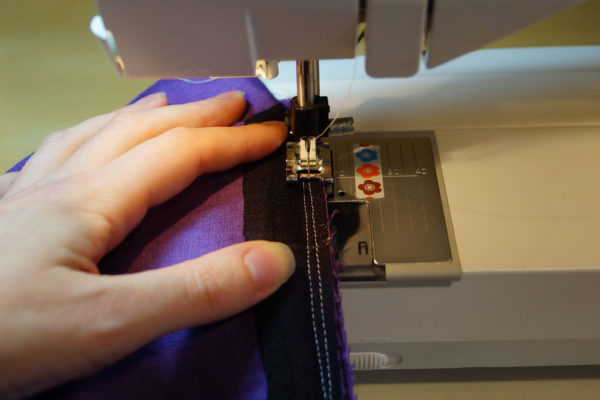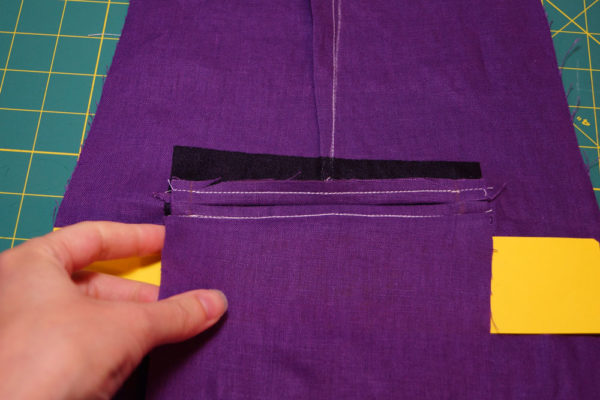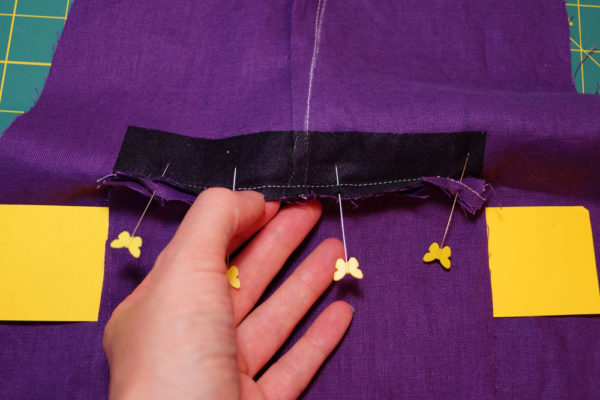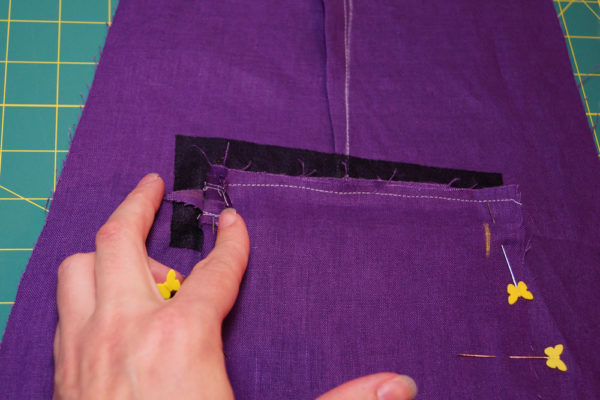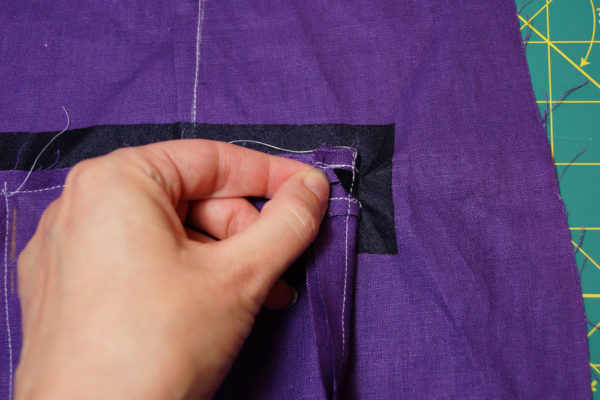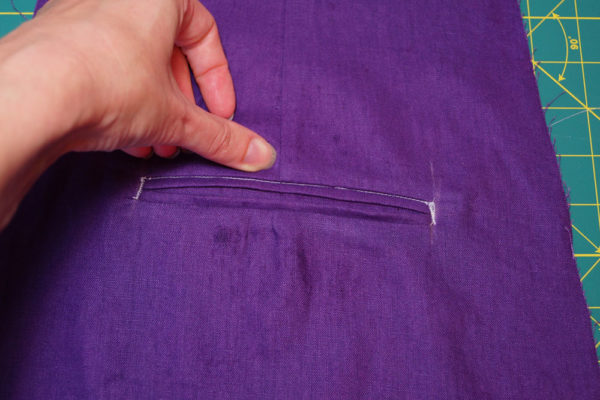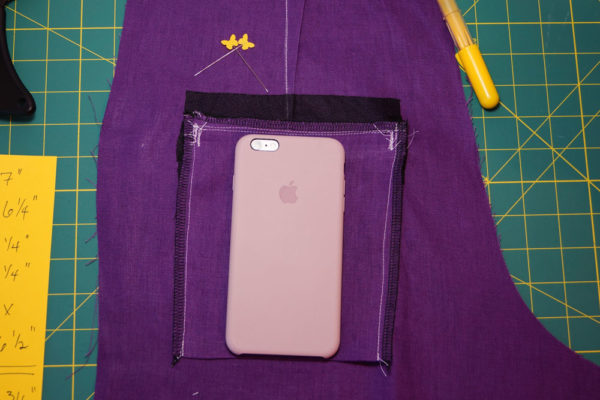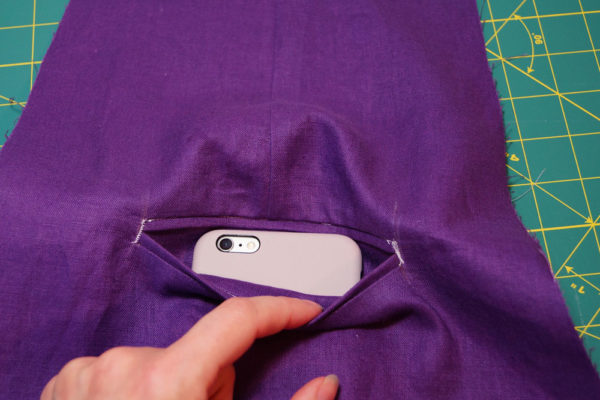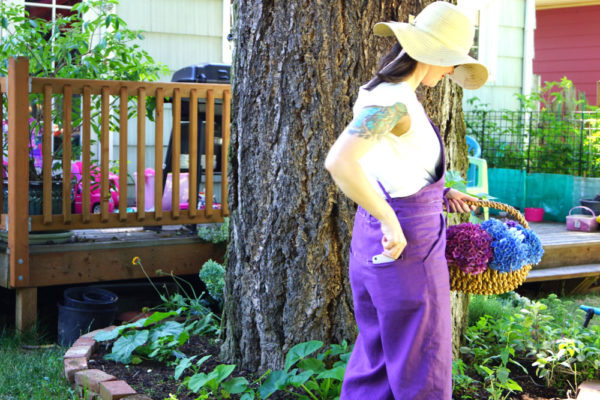This post first appeared on Britex Fabrics.
It’s almost my favorite time of year: autumn layering time! I looked through the beautiful woven wool fabrics at Britex, but when I saw this raw umber viscose & wool knit, it was love at first sight. I’m not exaggerating when I tell you, if you want it, buy it now. Mark my words, it will sell out.
I know a lot of sewists are scared of knit fabrics. Maybe you think you need a special machine, or special stitches, or some pro-level techniques and materials. I’m here to tell you that all you need is a zig-zag stitch and an iron. I’ve sewn knits on a pre-WWII era machine, and on a modern computerized machine. Knits are easy. For this instructional post, I’ve this easy Aomori Papercut pattern, which also happens to be a perfect transitional fall piece.
I know what you’re thinking, “But Becky, that pattern isn’t listed as easy!” The pattern’s sleeveless version is made for wovens or knits. The sleeved version isn’t even a “set-in” sleeve.
Lesson 1: Put a piece of masking tape on the wrong-side of your cut pieces, and you’ll instantly make this an easy pattern.
Lesson 2: Let’s talk stretch percentage really quickly. This pattern doesn’t list a recommended stretch percentage, it’s that easy, but my advice is 30-50% would be best for the sleeve cuffs and binding. How do you know percentage? Just like anything else, you have the difference in ratio, and multiply by 100. So, if I take 10 inches of the Britex viscose/wool knit, put it next to a ruler, and I can stretch it to 15 inches, my formula is [(15-10)/10)]x100=50%. A=original measurement. B=stretch measurement. B-A to get the difference. Difference of B-A divided by A. Bounce the decimal point to the right twice, AKA multiply by 100. [(B-A)/A]x100=%
Here we have the top in two different fabrics. The Britex viscose/wool (left) and a rayon I had in my stash to make the muslin. You can see how two fabrics make a very different top.
Lesson 3: Stabilize your shoulders. There are a million opinions on what to use to do this and I’m going to tell you to use what you have. I’m not a fan of using clear plastic elastic in my shoulders; I think clear plastic elastic is for swimsuits and occasionally lingerie, but you do you, just stabilize your shoulders. The entire weight of the garment is being held on your shoulders.
Here are 4 stabilizer options, with both an overlocker stitch and a basic zig-zag stitch, and what they look like pressed from the right-side. As you can see, stitch doesn’t change anything drastically, nor does stabilizer preference.
From top to bottom: rayon hem tape, twill tape, clear elastic, light iron-on stabilizer
Pin the stabilizer of your choice on the shoulder seam and sew on together.
Lesson 4: Press and steam with your iron. Do you know any knitters? You know how they “block” their pieces after they’re done? Same idea. You’re creating new fiber-memory for the fabric so that it stays in your new shape. The fabric has been flat on a bolt, and you’re asking it to be 3-dimensional. You need to re-block it. Use steam and an ironing cloth. I use a scrap piece of voile, but Britex has some affordable silk organza that is even better.
When necessary, use a pressing ham. Let each part you press cool in-place before going to the next section to reset the fiber-memory.
If you’re in doubt at all, before pressing the binding on a curve:
After pressing the binding:
If anything, Britex high-quality fabric makes a bigger difference than any technique or equipment used. Get some of the wool/viscose (before I go back and buy the rest of it), and get on to making!
This post was written by me, Becky Johnson of sewbeckyjo.com, for Britex Fabrics. Fabric was provided as compensation, however all opinions, photos, and intellectual content contained herein is my own. The pattern used is my own purchase, and this is not an endorsement, nor was I compensated in using the pattern.

